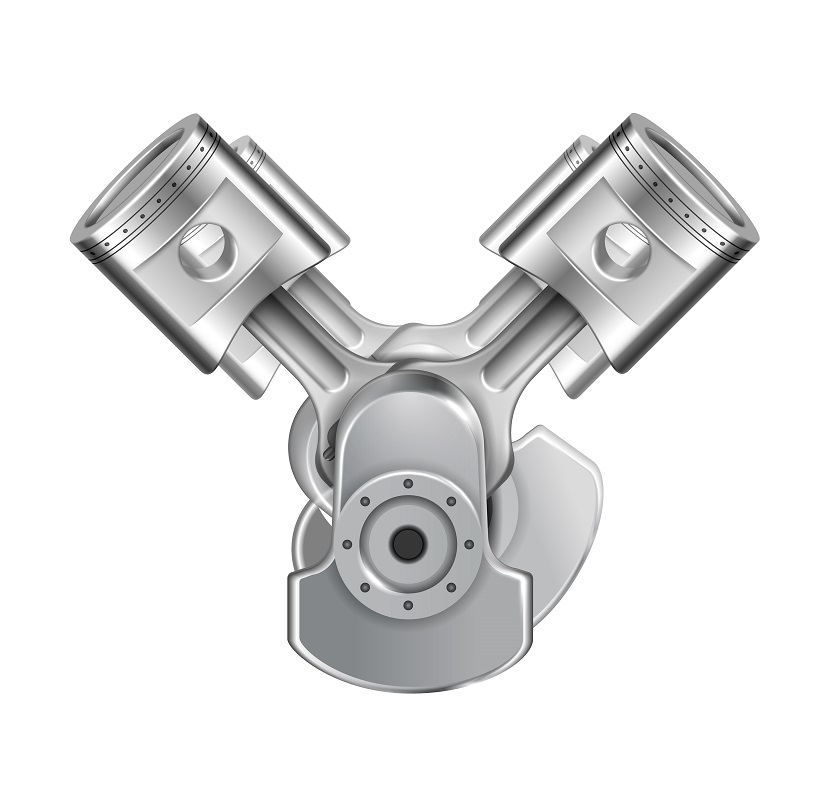In the intricate dance of engine mechanics, engine mounts play a pivotal role, absorbing vibrations and shocks generated during operation. Without proper care, these mounts can succumb to wear and tear, leading to inefficiencies, increased vibrations, and potential damage to various engine components. This guide delves into the essential practices necessary to keep Engine Mounts functioning optimally. Understanding these protocols enhances your engine’s reliability and contributes to a safer and smoother driving experience.
Regular Inspection and Cleaning
Regular inspection and cleaning of engine mounts, especially the Barry Engine Mount, is paramount in ensuring their optimal functionality. Begin by visually examining the mounts for signs of wear, such as cracks or deformities, which might compromise their stability. During this inspection, cleaning the mounts thoroughly is crucial, eliminating accumulated dirt, grease, or debris that could impede their performance.
Lubrication of Moving Parts
Proper lubrication of the moving components within engine mounts is vital for maintaining their functionality and extending their lifespan. Lubricants act as a barrier, reducing friction and wear between metal parts, ensuring smooth movement and efficient vibration absorption.
Regularly applying the recommended lubricants to pivot points and joints prevents corrosion and rust, enhancing the mounts’ overall durability. This process minimizes the stress on the mounts during engine operation, allowing them to absorb vibrations and shocks effectively.
Check for Alignment
Maintaining the stability and functionality of the entire system requires accurate alignment of the engine mounts. Misalignment can lead to uneven weight distribution and vibrations, causing undue stress on both the mounts and the engine. To check alignment, utilize precision measuring tools, verifying that the mounts are positioned according to the manufacturer’s specifications. Any deviation from the recommended alignment can increase wear and reduce efficiency. Regular alignment checks are crucial, especially after any significant vehicle maintenance or repair.
Monitor Bolt Tightness
Vigilantly monitoring the tightness of bolts securing engine mounts is essential in ensuring the stability and functionality of the entire system. Regular checks using appropriate tools are necessary to identify any loosening, which might occur due to engine vibrations and operational stress. Loose bolts not only compromise the integrity of the mounts but can also lead to misalignment, excessive vibrations, and potential damage to the engine and surrounding components.
Inspect for Cracks or Deterioration
Regularly examining engine mounts for cracks or deterioration is a crucial maintenance practice. These visible signs of wear can significantly impact the mounts’ ability to absorb vibrations effectively. A careful inspection involves checking the surface and the internal components for any indications of degradation. Any mounts with noticeable damage, such as cracks or tears, should be replaced immediately to avoid further issues.
Maintain Proper Torque Levels
Maintaining the appropriate torque levels on engine mounts is crucial for their longevity and functionality. Engine mounts endure significant stress during operation, and improper torque can lead to premature wear or even failure. Regularly check the manufacturer’s specifications for the correct torque values and utilize calibrated tools to ensure precise tightening of bolts.
Temperature and Environmental Considerations
Extreme temperatures, whether excessively hot or cold, can significantly impact the mounts’ performance. High temperatures can accelerate wear, causing rubber components to degrade faster, while freezing temperatures can make the material brittle, leading to potential cracks and failures. Additionally, exposure to chemicals, solvents, or corrosive substances in the environment can corrode the mounts, diminishing their effectiveness over time.
Regular Performance Testing
Regular performance testing is crucial for assessing the effectiveness of engine mounts. During these tests, professionals measure various parameters such as vibration levels, stability, and alignment while the engine operates. By observing these factors, engineers can identify deviations from the norm, indicating potential issues with the mounts.
Follow the Manufacturer’s Recommendations
Manufacturers provide:
- Specific guidelines tailored to their products.
- Encompassing details like torque specifications.
- Lubrication techniques.
- Inspection intervals.
These instructions are meticulously designed to optimize the mounts’ performance and withstand the unique stresses of the respective engines they support. Ignoring or deviating from these guidelines can lead to premature wear, reduced vibration absorption, and compromised stability, potentially causing significant damage to the engine and surrounding components.
Conclusion
Adhering to the outlined maintenance protocols for Engine Mounts is paramount for the longevity and efficiency of your engine. You ensure that these vital components operate at peak performance by conducting regular inspections, cleaning diligently, and following the manufacturer’s guidelines meticulously.

